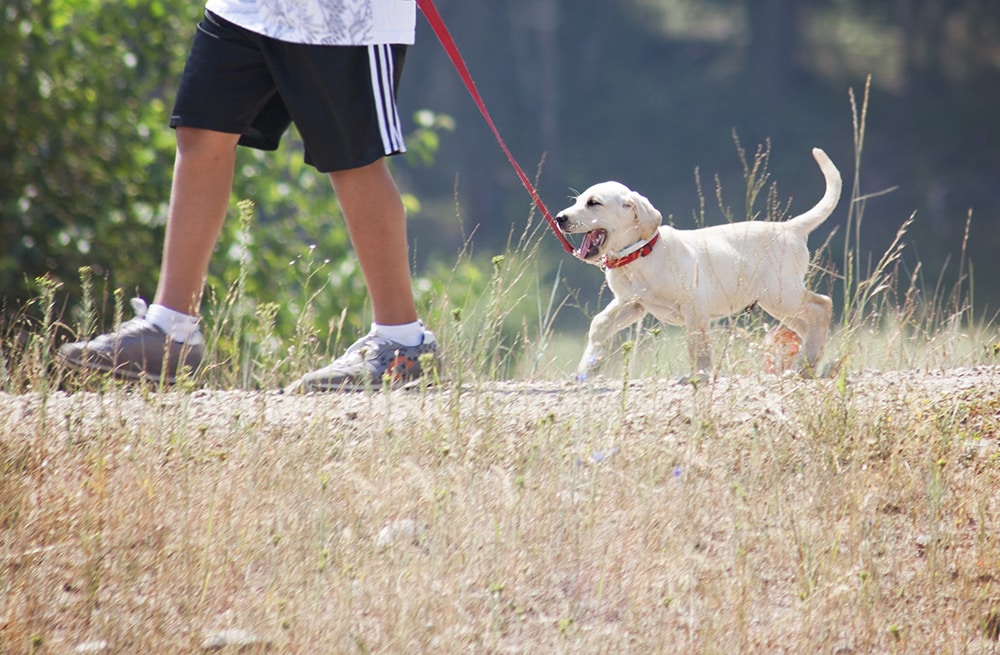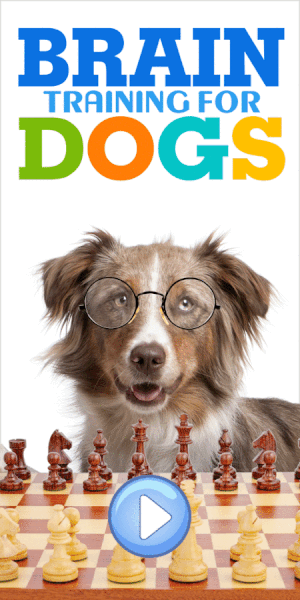Walking on a leash is a great way to exercise with your dog. However, it is not easy to learn how to train my puppy to walk on a leash. You can spend good times walking with your dog as long as he is trained. If you spend some time working on it as a puppy, you are going to get the best results.
The Leash
The right leash is important, and at first it must be a really short leash. To put it on top of its neck is a great way to guide your dog the way you want to do it. There are certain leashes with expandable extents that may be useful for walking your dog, and at first you can adjust them to the shortest extend.
When the leash is short, you will teach your dog to walk by your side instead of wandering around. Chose a comfortable handle so that you can hold it firmly.
Make Walking a Habit
Dogs are animals of habits. By making the daily walk a habit you will be promoting your pet’s health. In addition, you will have plenty of opportunities on how to train my puppy to walk on a leash. It is important that you reinforce the behaviors you are willing to obtain at all times.
Rewarding a good Walk
After a walk, if your dog behaved the way you expected, make sure to have a dog treat to reward your pet. If your puppy did something it was not supposed to, make sure it is corrected at once. Then, at the end of the walk, don’t give it the reward.
Soon, it will associate the reward with good behavior, which is precisely the kind of association you are looking for.
Rewards during Walking
Be careful when giving rewards during walking. If you are looking on how to train my puppy to walk on a leash, you must be aware that it takes time and patience. There are ways to make your dog move or to encourage certain behaviors. However, a reward that is given in the wrong time will give the opposite message.

What to do if your Puppy Pulls the Leash
If your puppy pulls the leash, you must teach it to stop pulling. It is you who is taking your puppy for a walk, not the opposite way. Some inexperienced owners tend to run with their puppies, but that can be counterproductive if your puppy is stronger than you. That is particularly true for kids.
When you identify that your puppy tends to run and pull you, swap its regular collar for a no-pull harness. That way you will prevent any potential injury. Next, you must identify the reason for running. Some puppies just run for the fun of it, while others are encouraged by something. Chasers, for example, are activated by something like another animal or object.
Once you identified what is the source of pulling, then you can do something about it. If your pet is running and pulling for the fun of it, reward him with treats if he is calmed and walking by your side. The leash should be the shortest so that it is forced to walk next to you. Teach your pet to sit, and every few steps ask your dog to sit and give it a reward if there was no pulling.
If the pulling is triggered by something (the chaser), then you must be faster than your puppy. Be attentive and whenever a trigger is about to catch its attention, stop and play with your dog. If it is distracted as the trigger passes by, it will eventually get disengaged from it.
What to do if your Puppy is not willing to Walk
The opposite behavior you will face is your puppy not willing to walk at all. Another technique on how to train my puppy to walk on a leash is to make it move next to you.
Sometimes the freeze is the result of fear. It may be just fear to the unknown or an unpleasant experience on the past. Whatever it is, you must be comprehensive at all times. Treat your puppy with love to let it know everything is going to be okay.
Dog treats are the best approach in such cases. Show it a treat right in front of its nose, but do not give it right away. Your puppy will instinctively follow the treat. Only give it away until it has gone a few meters. Your dog should be more comfortable walking by that time. If it doesn’t repeat again with a new treat. This time, give it away after walking more distance than the previous time. Eventually you should need no treats.


